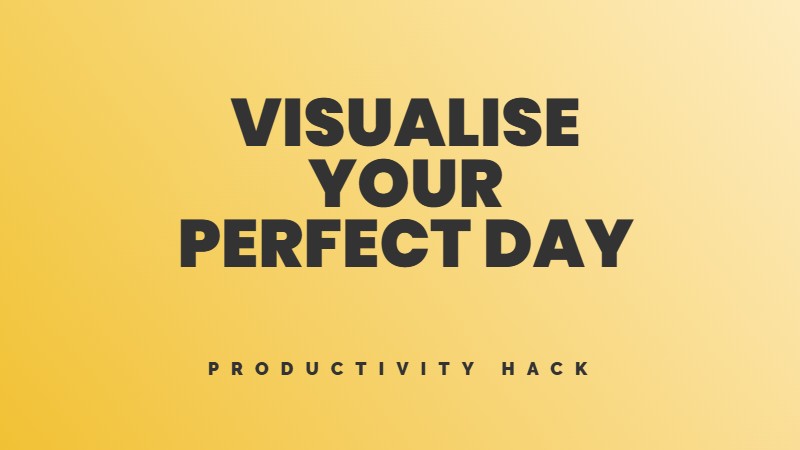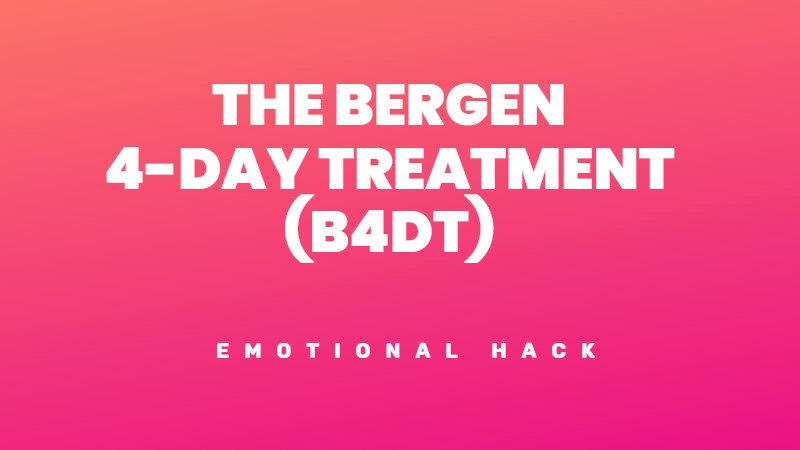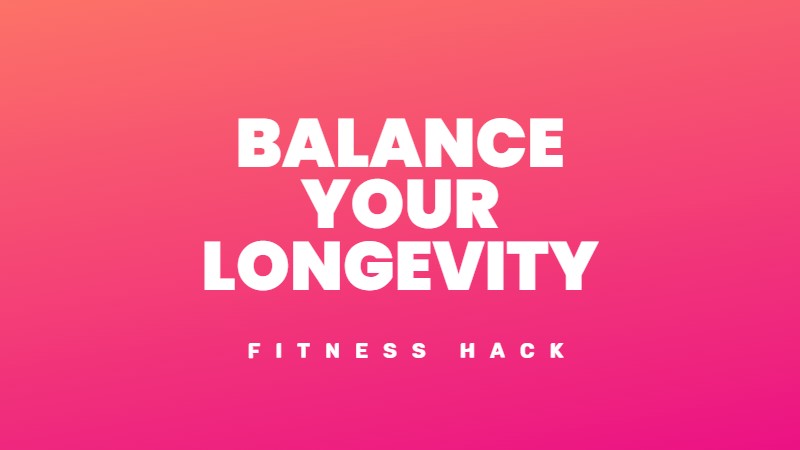Millions of people experience it every night. The medical term is “middle insomnia,” and it affects almost two-thirds of people with sleep problems. But here’s what most don’t realise: those 3 AM thoughts feel more intense, more urgent, more catastrophic than the same thoughts would during daylight hours.
This isn’t your imagination. Neuroscientists have discovered that your brain works differently after midnight. Areas responsible for negative thinking become hyperactive, and regions that normally regulate emotions and provide perspective shut down. Your internal alarm system, designed to keep you safe from nighttime predators thousands of years ago, still treats darkness as danger time.
The solution isn’t to fight these thoughts, but to give them somewhere to go. Ride them down with a simple mental trick called the elevator method.
“The elevator method stops racing thoughts and guides your brain back to sleep.”
What makes the elevator trick work
A study by the University of Oxford found that visualization does help you fall asleep, unlike the classic method of counting sheep. The research discovered that people who performed imagery exercises fell asleep faster than those who tried other techniques.
The elevator visualisation works because it mimics what your nervous system naturally does when falling asleep. Your heart rate slows, muscles relax, and brain waves shift from alert to drowsy. You’re giving your brain a visual language for descent, moving away from high-alert mode into rest.
Visualisation expands your ability to focus on calming and restful images instead of anxious, fearful ones. The mental imagery of going down creates a physical metaphor for dropping into sleep. Your brain understands this language.
The science behind night waking
Why do we wake up at night anyway? We spend more time in deep sleep in the first half of the night and more time in REM sleep in the second half. Since waking up from REM sleep is easier, you might find yourself stirring more often in the later hours.
We also move through light sleep, deep sleep and REM sleep stages throughout the night in cycles that last 70 to 120 minutes. You might wake up briefly at the end of each cycle without even remembering.
But here’s where things get tricky. Research reveals something called “the Mind After Midnight hypothesis,” which shows that attentional biases, negative affect, altered reward processing, and prefrontal disinhibition interact to promote behavioural dysregulation during nighttime hours. Translation? Your brain functions differently after midnight, making you more prone to negative thoughts and poor decisions.
Positive affect is at its highest point during the morning and at its lowest point during the night, while negative affect is at its highest point at night. No wonder that 3 AM worry session feels so intense.
How to use the elevator trick
Here’s your step-by-step guide to mental elevator descent:
Step 1: Get Comfortable
Keep your eyes closed and stay in your current sleeping position. Don’t reach for your phone or check the clock. Research from 2018 found that anxiety and trouble falling asleep are associated, and staring at the clock may make you feel anxious about not sleeping.
Step 2: Picture the Elevator
Imagine standing in front of elevator doors. They’re your favourite colour, in a building that feels safe and welcoming. Press the down button and hear that familiar ding as the doors slide open.
Step 3: Step Inside and Go Down
Enter your elevator. Feel the gentle motion as it begins to descend. Count the floors as you go: “Floor 10… Floor 9… Floor 8…” With each floor, feel your body growing heavier and more relaxed.
Step 4: Add Your Calming Anchor
As you descend, repeat this simple phrase: “This thought can wait.” Say it softly, like a gentle mantra. These four words send your brain a clear message: You don’t need to solve anything right now. You’re allowed to rest.
Step 5: Keep Descending
Continue down as many floors as you need. Some people go to floor 1. Others keep going to basement levels or even deeper underground. The key is the continuous downward motion and the feeling of sinking deeper into relaxation.
Why visualising calms your brain
Guided imagery involves visualising positive, peaceful settings to help settle your mind and body. The elevator provides a visual and physical metaphor for dropping into rest. “This thought can wait” taps into the language-processing part of your brain, reinforcing your intent to quiet mental noise.
Visual meditation is effective at relaxing the body and mind and helping one focus on positive thoughts and emotions. Together, these tools act like a reset button, disrupting the feedback loop of racing thoughts and guiding the body back into sleep.
Research supports this approach. A study found positive effects of guided imagery in elderly people with insomnia. In a small 2021 study of 41 adults with chronic insomnia, researchers found that techniques combining guided imagery showed improvements.
When your mind wanders
Expect your thoughts to drift. That’s normal. According to the National Sleep Foundation, insomnia is the inability of the brain to stop being awake. When worries creep in, gently guide your attention back to the elevator and your descent.
Don’t judge the thoughts. Instead, acknowledge them and repeat your anchor phrase: “This thought can wait.” Then return to your elevator, continuing your journey downward.
What not to do when you wake up
Avoid these common mistakes that can make falling back asleep harder:
Additional sleep-back strategies
The elevator trick works well alone, but you can combine it with other proven techniques:
What the research says about timing
Sleep scientists have discovered something fascinating about our nighttime brain. Risk of suicide, adjusted for patterns of wakefulness, seems to be over three times higher at night than during the day. This isn’t just about darkness or being alone.
Our internal biological circadian clock is tuned towards processes that promote sleep, not wakefulness, after midnight. Your brain works differently at night, which explains why problems feel bigger and solutions seem impossible in those dark hours.
The elevator trick works because it accepts this reality. Instead of fighting your brain’s natural nighttime state, you work with it, gently guiding it toward the rest it craves.
Making it personal
Some people prefer different imagery. Maybe your elevator is made of glass, and you watch peaceful scenes float by on each floor. Perhaps you’re descending into a cosy underground library or a warm, dimly lit cabin. The key is choosing imagery that feels calming to you.
You might prefer different anchor phrases, too. “I am safe here,” “Tomorrow can wait,” or “Peace flows through me” all work well. Pick words that resonate with your mind.
Keep your room cool, dark, and quiet. Even exposure to very dim light during the night can negatively impact sleep and increase nighttime awakenings.
Die Quintessenz
The elevator trick works because it gives your mind a job that aligns with what your body wants to do: descend into sleep. Research shows that visualisation meditation can help improve sleep quality by promoting relaxation and reducing stress.
You’re not fighting your thoughts or forcing sleep. You’re simply creating a mental pathway that leads naturally to rest. The visualisation provides a visual and physical metaphor for dropping into a state of rest, while your anchor phrase reinforces your intention to let go.
The next time you wake up at 3 AM with your mind spinning, remember: You don’t have to fix anything right now. Step into your mental elevator, press the down button, and let yourself descend into the peace and rest you deserve.
Sleep well.




Hinterlasse ein Feedback zu diesem Thema